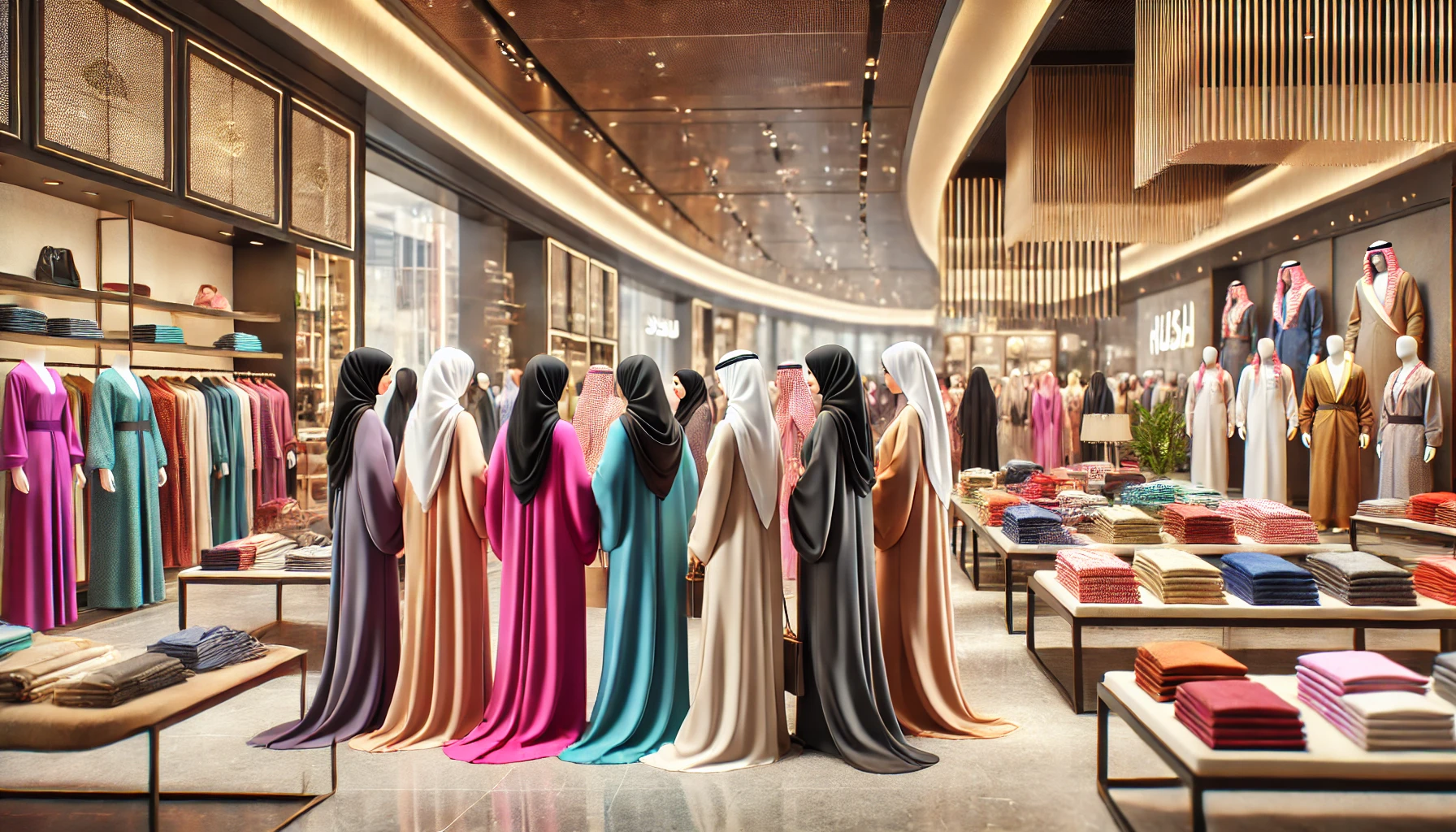In a move touted as progressive by the Saudi government, women in the Kingdom can now choose the color of their abayas. This groundbreaking policy is the latest in a series of reforms aimed at improving women’s rights in a country long criticized for its gender discrimination.
The change was announced by the Saudi Ministry of Culture, emphasizing the newfound freedom for women to express personal style within the confines of traditional dress codes. Previously, women were largely restricted to wearing black abayas in public, a mandate enforced by the religious police. However, under Crown Prince Mohammed bin Salman’s Vision 2030 initiative, which seeks to modernize the Kingdom and improve its global image, the dress code has been slightly relaxed.
“We believe this reform is a significant step towards greater personal freedom for Saudi women,” said a government spokesperson. “Allowing women to choose the color of their abayas represents our commitment to enhancing their social liberties.”
The reaction to this announcement has been mixed. Some women have embraced the change, enjoying the opportunity to wear colors that reflect their individuality. “It might seem small, but choosing the color of my abaya makes me feel a bit more like myself,” said Layla Al-Harbi, a university student in Riyadh. “It’s a little piece of freedom in a society where women’s choices are often limited.”
However, critics argue that such changes are superficial and do little to address the deeper issues of gender inequality in Saudi Arabia. Despite recent reforms, including allowing women to drive and easing restrictions on travel, women in Saudi Arabia still face significant legal and social challenges. The male guardianship system remains largely intact, requiring women to obtain permission from a male relative to make major life decisions, such as traveling abroad, getting married, or seeking certain medical treatments.
Human rights organizations have highlighted ongoing abuses and the imprisonment of women’s rights activists as evidence that the Kingdom’s reforms are more about public relations than real change. “While it’s nice that women can now wear colorful abayas, this does nothing to address the fundamental human rights abuses that continue unabated,” said Lina al-Hathloul, a prominent activist whose sister, Loujain al-Hathloul, was imprisoned for campaigning against the guardianship system.
The international community remains skeptical. Amnesty International and Human Rights Watch have called for Saudi Arabia to implement more substantial changes, such as abolishing the male guardianship system entirely and releasing all political prisoners. They argue that the Kingdom’s recent appointment as chair of the UN Commission on the Status of Women is incongruous given its ongoing human rights violations.
As Saudi Arabia navigates its path to modernization, the world watches to see whether these incremental changes will lead to genuine progress or if they will remain symbolic gestures in a deeply patriarchal society.

